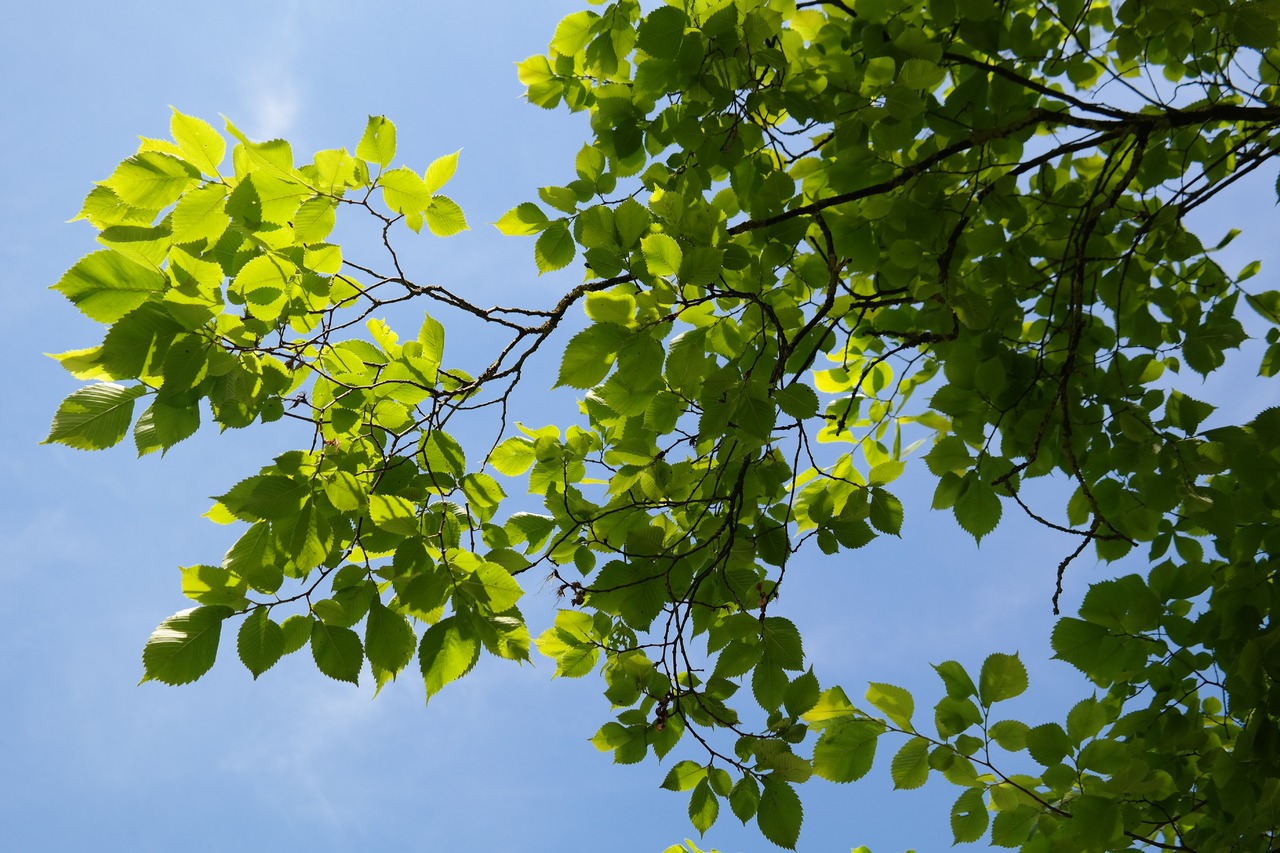
The elm trees They are trees that those who live in temperate climates are very used to seeing, but those who live further south can rarely enjoy the beauty of this magnificent genus of plants, except those used for bonsai. They are very rustic and tolerate pruning quite well, making them an attractive option to have in a garden.
As a good deciduous tree of cool climates that it is, in autumn if the temperatures are right, stains its leaves yellow or red depending on the species. Do you want to know more about elm trees?
Origin and characteristics of elm trees
The origin of these trees is in Europe, America, even reaching Asia. They live in forests whose seasons are differentiated, with mild summers and cold winters with frosts. Being in so many different parts of the globe, it makes it possible for us to guarantee that can grow in all types of soils except sandy ones, and resist various types of climates except tropical ones. Let us remember that deciduous trees have many difficulties to live in a climate where there are hardly any differences between seasons.
Depending on the species, it can grow to a height of 30 meters or 10 meters, and the crown can measure from 6 meters to 10m. We might think that it is not a tree suitable for small gardens, and with good reason, but as we said before, it tolerates pruning well and that is something to take into account especially if you do not have a lot of land or if you want to have it controlled. Special care must be taken not to plant it near pipes as its roots could break them.
Types of elm trees
There are many types, the following being the best known:
Genus Ulmus
Are the elm trees "True" so to speak. They inhabit much of the Northern Hemisphere: Europe, Siberia, Japan, even as far as Mexico. They are deciduous or semi-deciduous trees, with heights always greater than 10 meters.
ulmus glabra
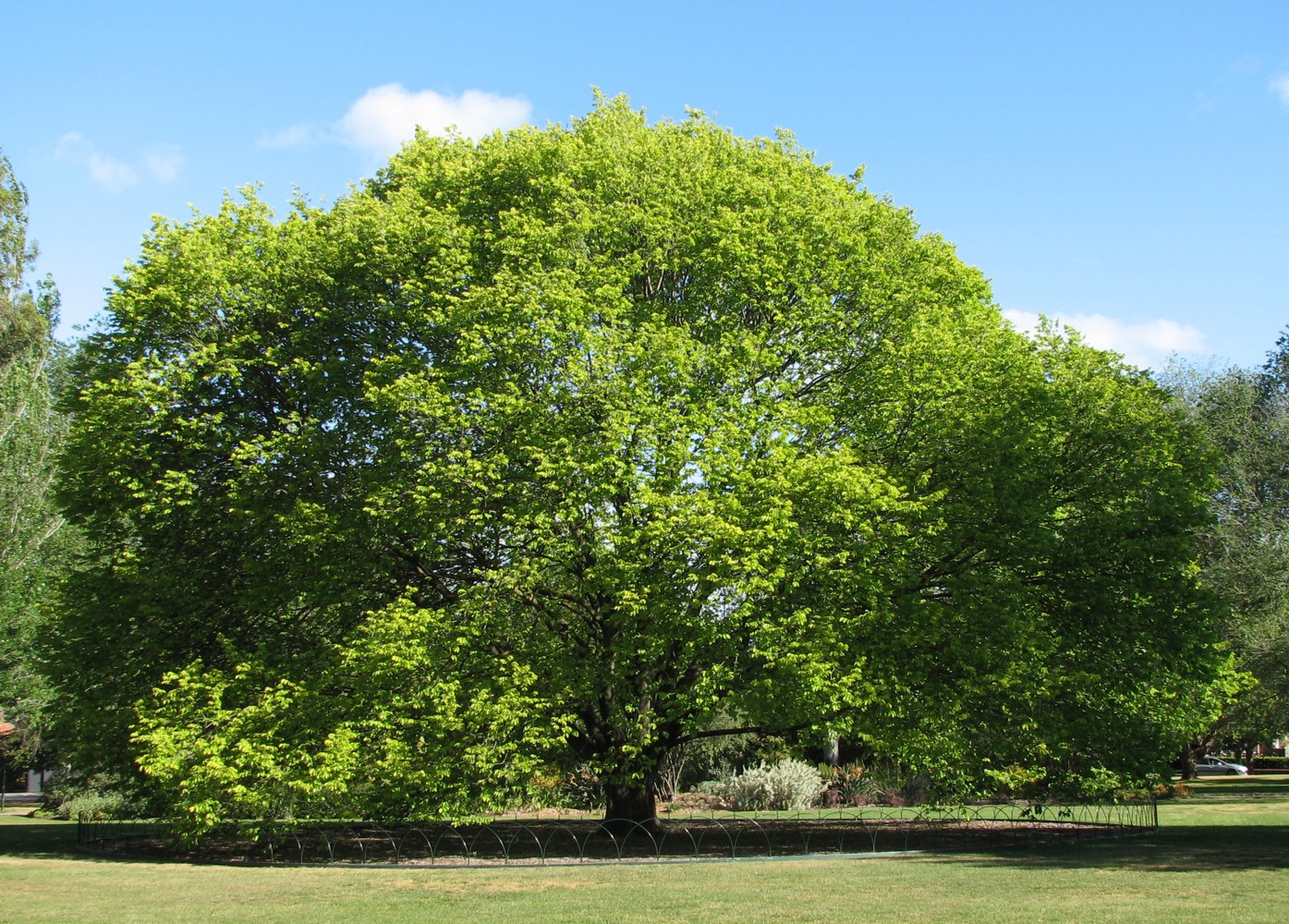
Image - Wikimedia / Melburnian
It is known as montane elm or mountain elm, and is a deciduous tree that grows in the mountainous regions of Europe. Reaches a height of 40 meters, and has a very dense crown formed by simple and alternate leaves.
ulmus pumila
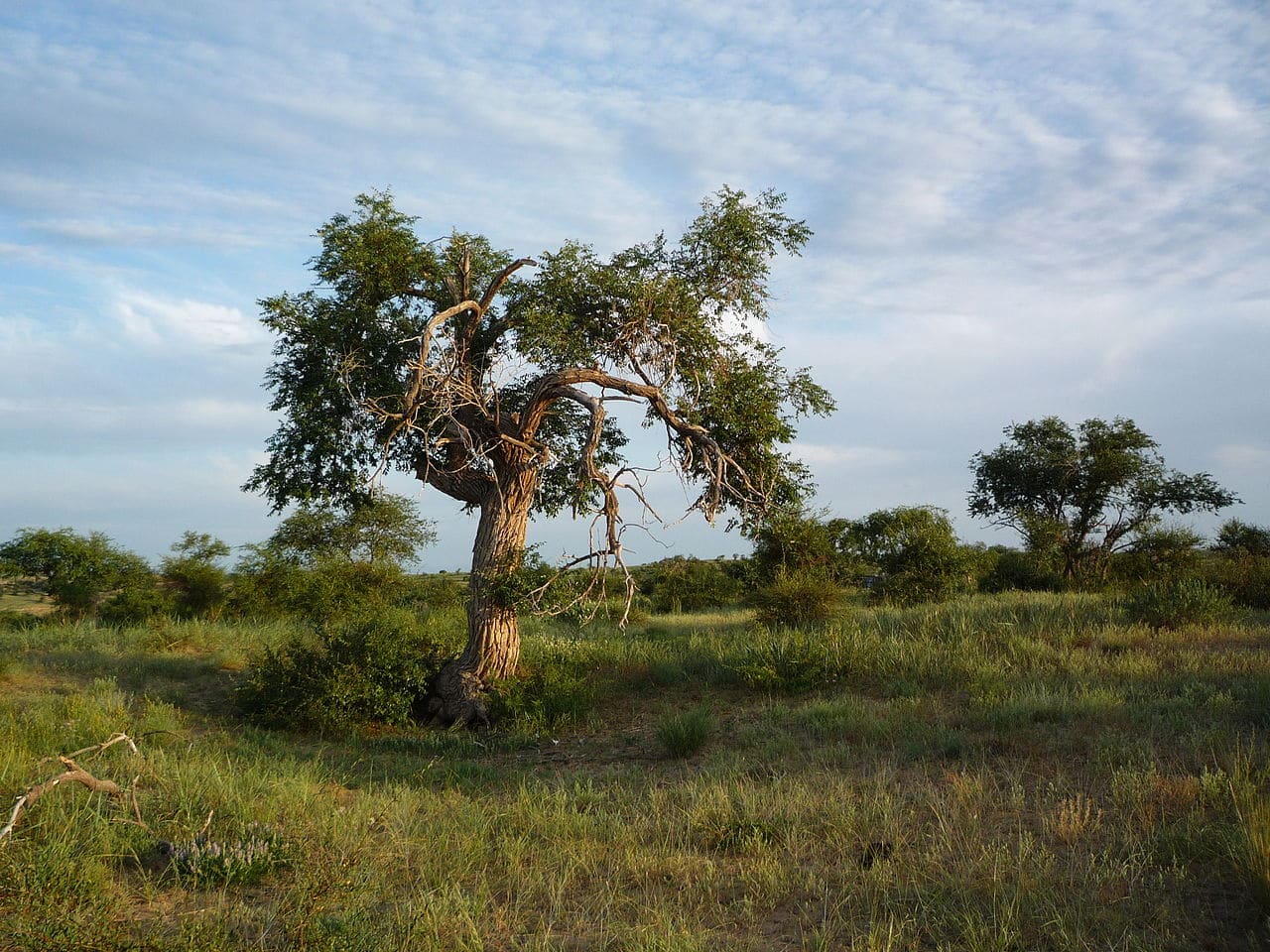
Known as Siberian elm, is a deciduous tree that reaches 25 meters in height. Its cup is narrower and somewhat more open than that of the U. glabrous, and very dense. It grows wild in eastern Siberia, northern China, India, and Korea.
Ulmus minor
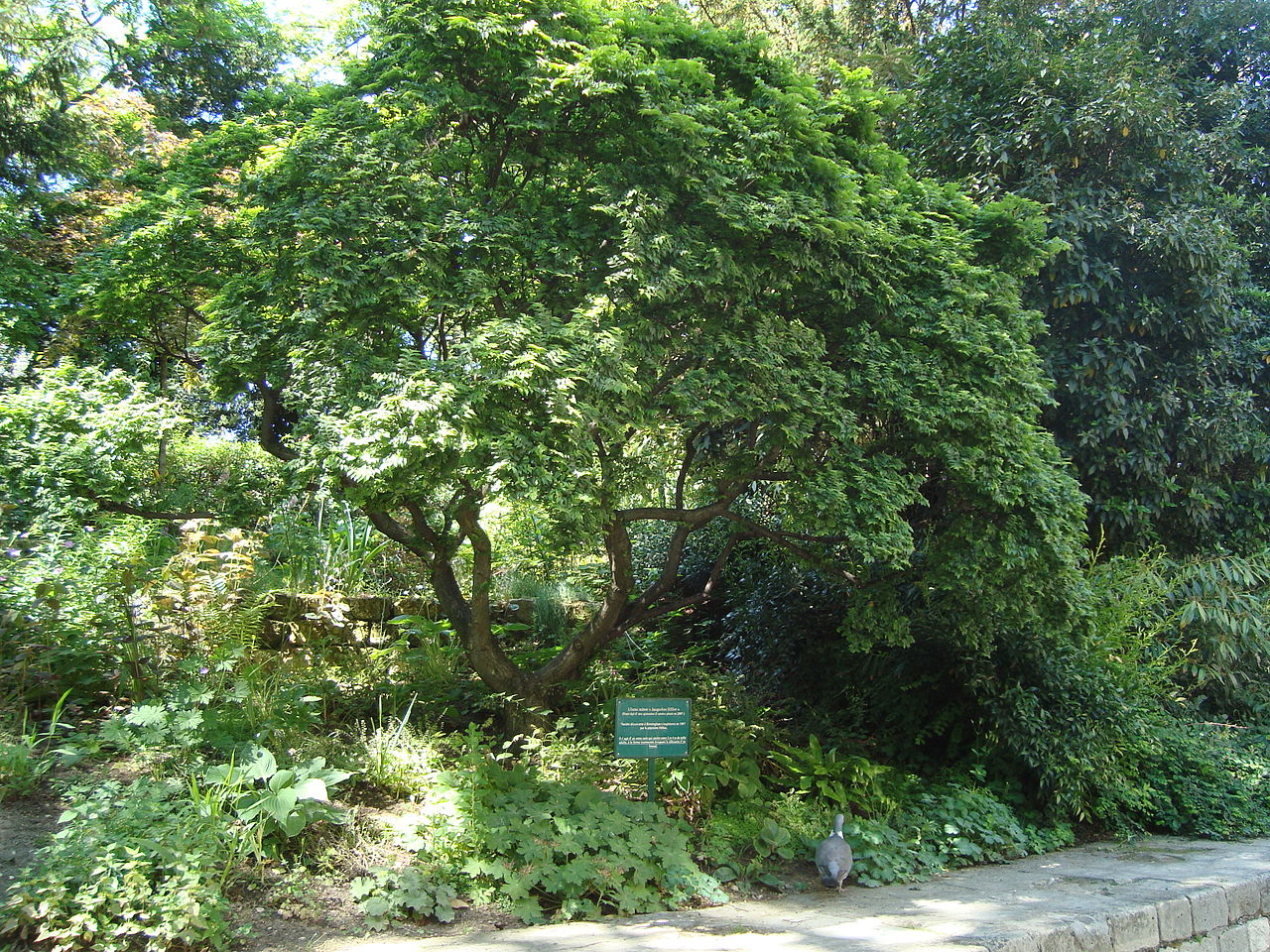
Image - Wikimedia / LPLT
El common elm or negrillo is a deciduous tree that, despite its surname »minor» can reach 40 meters in height. It is native to Europe, including Spain (except in the archipelagos where it was introduced and has become naturalized), as well as in North Africa and Western Asia.
ulmus laevis
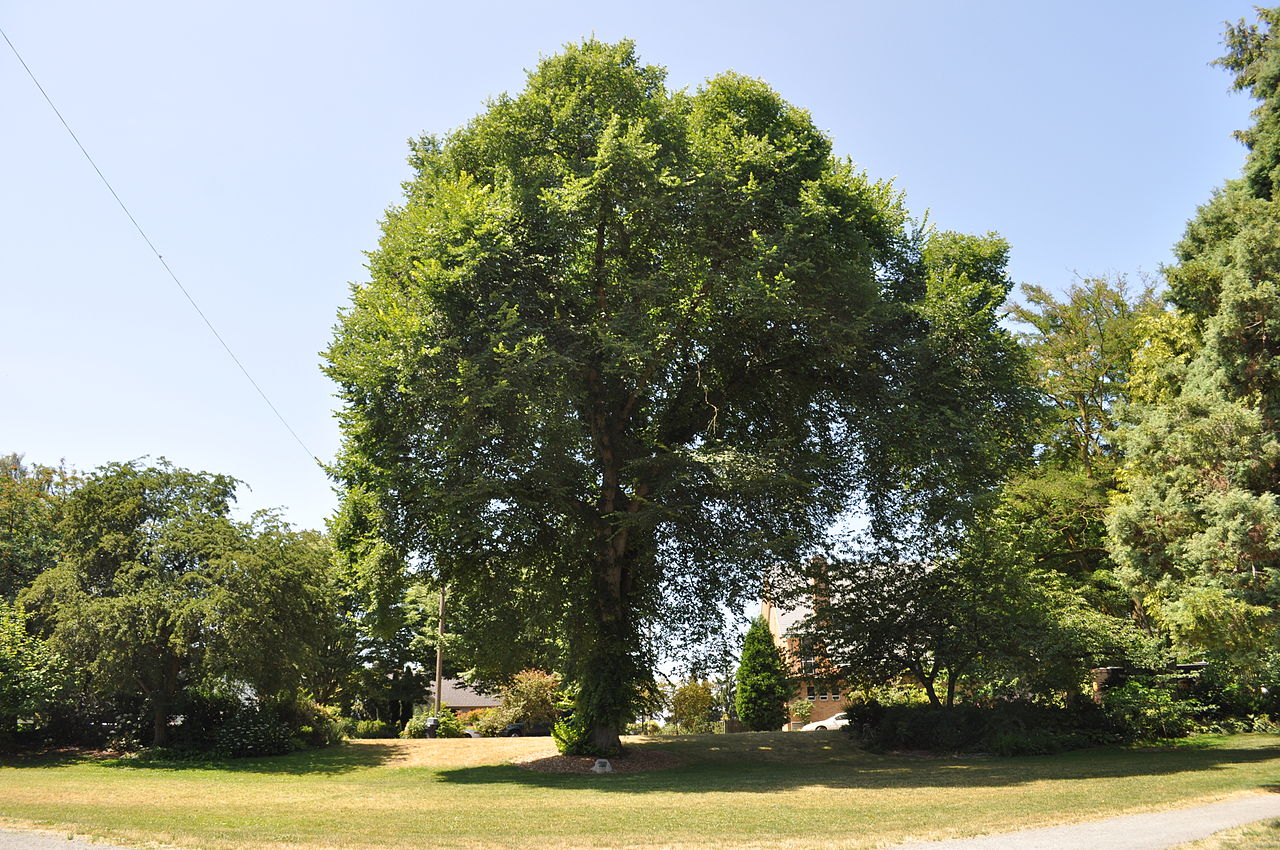
Image - Wikimedia / LPLT
It is known as trembling elm, pedunculated elm or European white elm. It is a deciduous tree about 30-35 meters high, with a somewhat asymmetrical and little branched crown.
Genus Zelkova
The Zelkova They are native to southern Europe reaching as far as East Asia, and their height is between 2 meters (Zelkova sicula) up to more than 35 meters.
Zelkova parvifolia
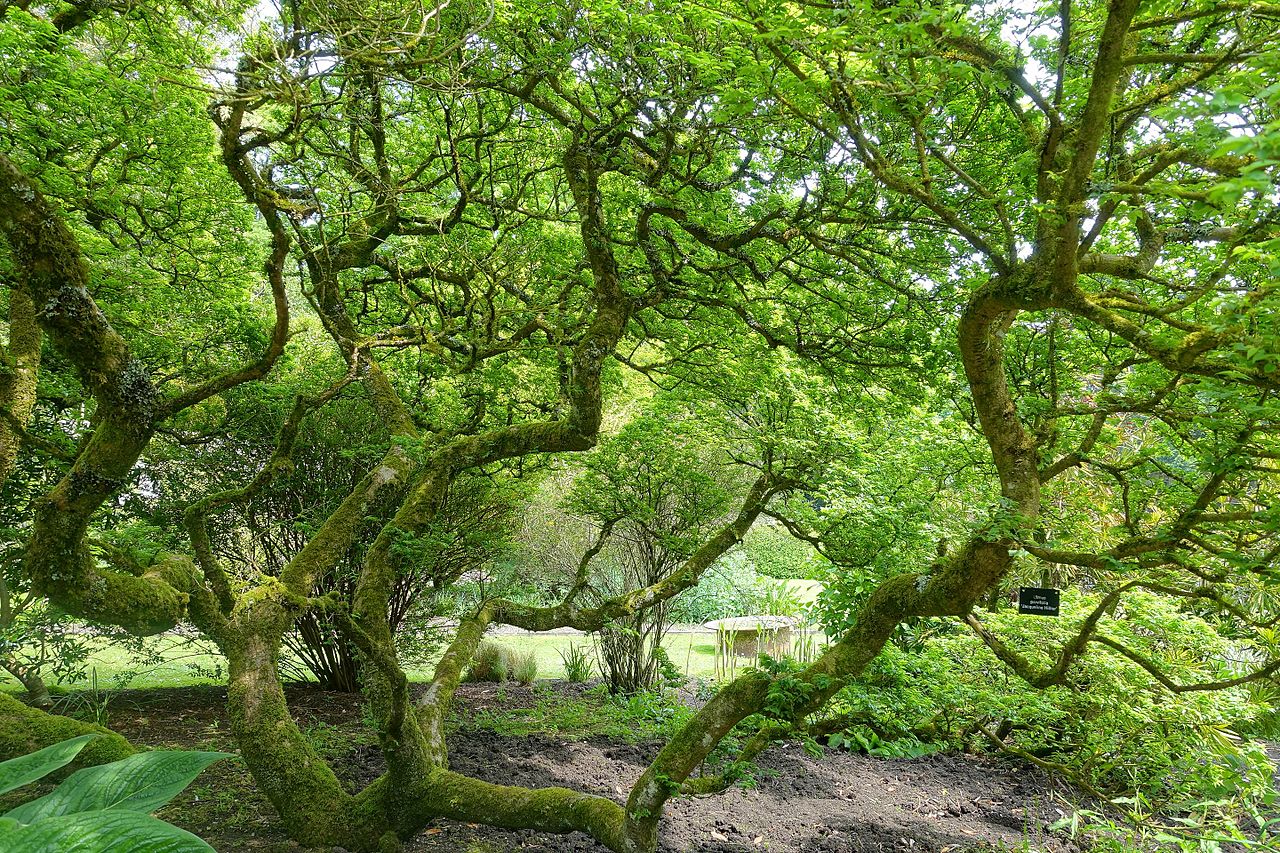
It is also known as Ulmus parvifolia (This is currently the correct scientific name, so it is actually part of the Ulmus genus and not Zelkova). It is popularly called Chinese elm, and it is a species native to Asia, specifically China, Japan, Korea and Vietnam. Reaches 20 meters, and it can be deciduous or semi-evergreen depending on the climate.
zelkova nire
This is a tree that you will not find in nature. It is one of the names that has been given to a cultivar of Ulmus parvifolia, LLAMADA Ulmus parvifolia 'Nire-keyaki'. It differs from the type species by its crown, which is densely populated with smaller leaves.
Zelkova Serrata
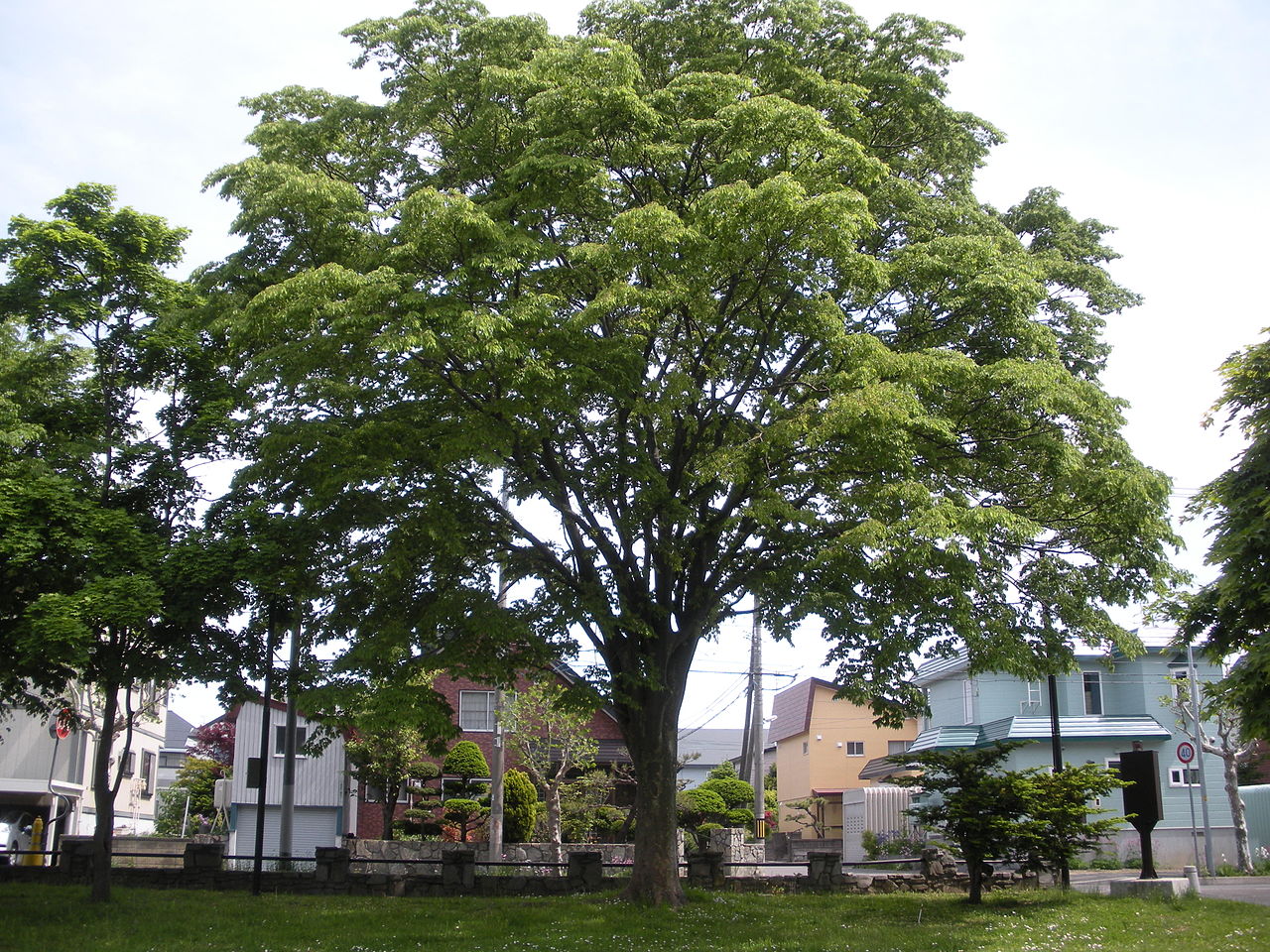
Image - Wikimedia / タ ク ナ ワ ン
Known as zelkova from Japan, and is native to Japan, Korea, eastern China, and Taiwan. Reaches a height of 20 to 35 meters, and has an open crown, with very bushy branches.
What are the care they need?
If you want to have an elm in the garden, we recommend that you take into account what we are going to tell you below:
Location
Elm trees they must be kept outside, planted in the garden. Due to the large size they reach, and their rapid growth, the ideal is to put them in the ground as soon as possible.
The ideal place will be where they receive sunlight throughout the day (or much of it), and where they are as far away as possible from pipes, paved floors, etc. Its roots spread a lot and, in addition, they are strong, so it is important that they are about 10 meters (at least) from anything delicate.
Irrigation
They can withstand drought, but they develop better if they are watered from time to time. During the summer, if it is very dry and warm, it is preferable to give them 3-4 weekly irrigations so that they look spectacular.
At the time of watering, add the water that is necessary so that the earth is well soaked, and avoid wetting the leaves since otherwise they would burn when the sun hits them.
Earth
Elm trees are not demanding. They grow even in limestone without problem. But it is recommended that they be fertile, and that when it rains heavily or torrentially, they do not remain flooded for long.
Subscriber
You can pay them in spring and until the end of summer with Organic fertilizers, but it really is not something that is necessary as long as the land is fertile.
Pruning
I advise against pruning them. The beauty of elms lies in their bearing, in the shape of their glasses, in their natural elegance. Now, if they have dry branches then they can be removed at the end of winter.
Multiplication
They reproduce with extraordinary ease by seed, which must be sown in autumn to germinate in spring, either in seedbeds outdoors if the climate is temperate or cold in winter, or in tupperware in the fridge if, on the contrary, it is warm-temperate or the frosts are very weak (up to -2º).
Another widely used reproduction method is the air layering, which must be prepared in spring to separate after summer.
Pests

Elms can have these:
- Borer: specifically, the scolytus scolytus. It is seen especially in old or weak specimens.
- Elm Galeruca: beetle larvae Galerucella luteola the leaves are eaten, leaving only the veins.
- Caterpillars: they are caterpillars that also eat the leaves. They are very active in midsummer. They should be treated soon with malathion insecticides.
- Drills: some insects, such as Zeuzera Pyrina, they pierce the trunk, weakening it a lot.
Management
They are vulnerable to bark cankers, and above all, to the elm graphiosis. There are certain elms that are hardy (Ulmus parvifolia, and certain cultivars such as Autumn Gold), but the ulmus pumila for example it has a bad time.
The best treatment is to avoid pruning and to keep the trees well watered and cared for.
Rusticity
It will depend on the species, but all resist frosts down to -18ºC.
What uses are they given?
Elms are trees that are cultivated for their beauty. As isolated specimens, they are plants that provide shade, so they are undoubtedly excellent to enjoy the summer in the garden. Anyway, it must also be said that they work a lot like bonsai.
What did you think of the elm? Do you have any in your garden?
We have a question about an elm in the garden.
He is about 12 years old. This is the first year that at the end of August the trunk is full of wasps, blowflies and butterflies that are sucking we suppose the sap of the trunk. Is it so? What can it be? It's being an unusual dry summer here. We are in the center of Catalonia.
Thank you!
Hello Irene.
No, the insects you mention do not feed on plant sap, but on pollen.
The tree is probably blooming. Elm flowers are not very showy, so it is easy for them to go unnoticed. You can see them here.
A greeting.